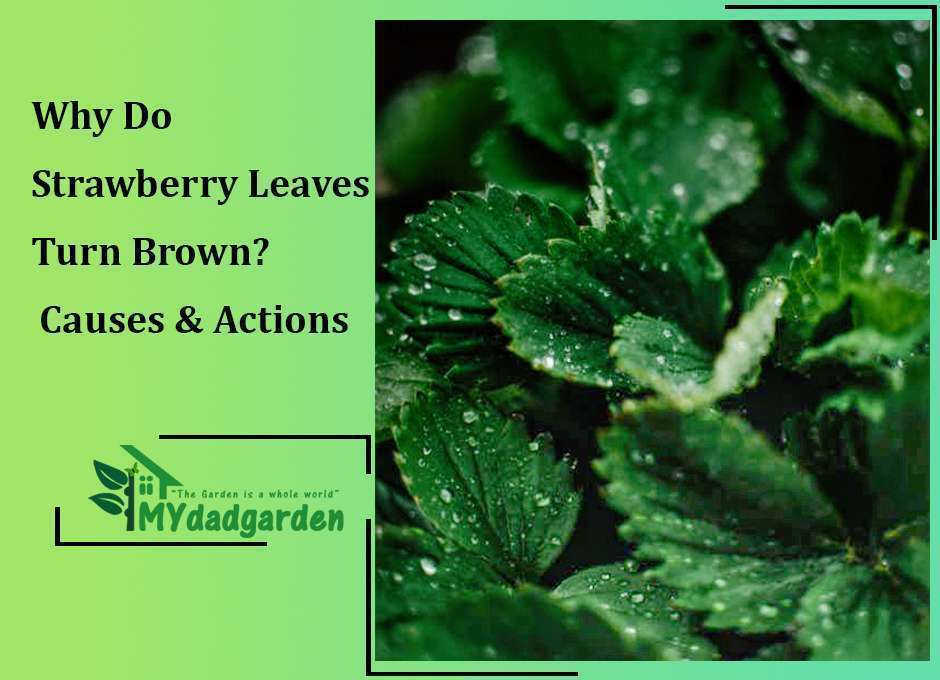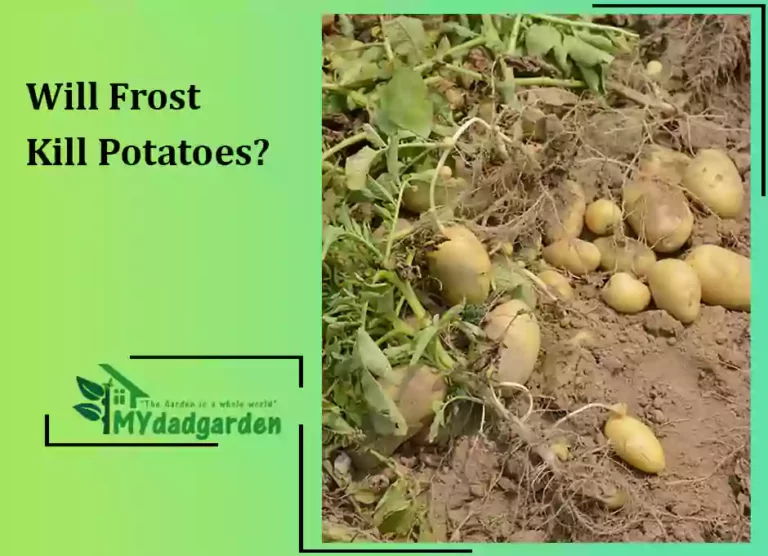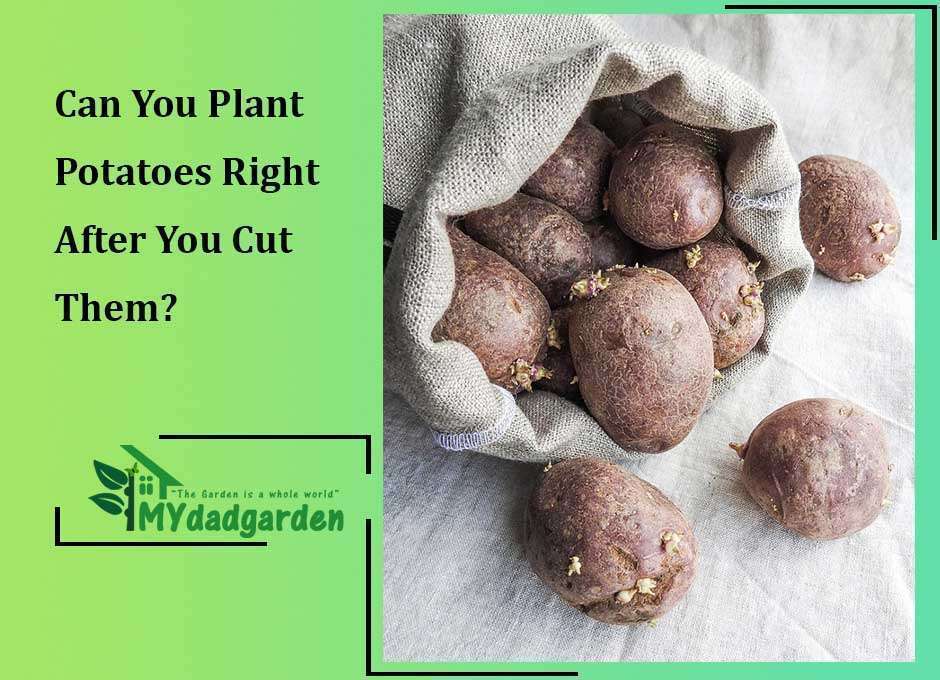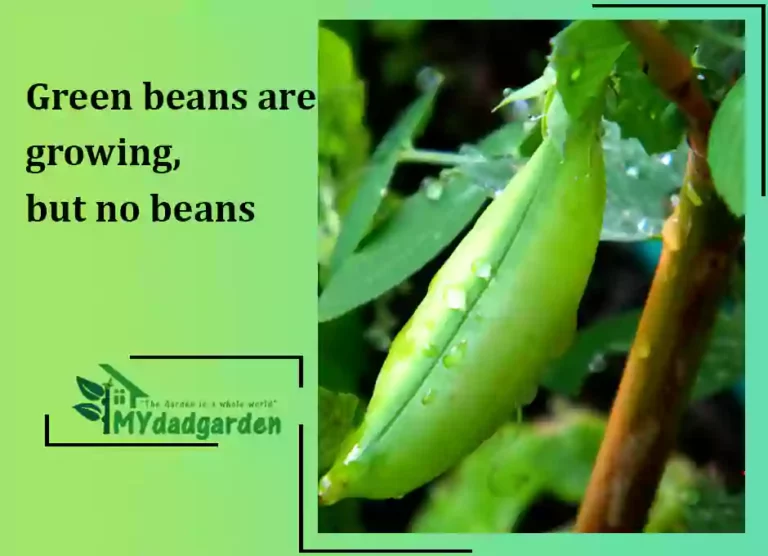Is Peat Moss Good For Pepper Plants?
Gardeners frequently use peat moss to adjust the pH of acidic soil, which is crucial for plant growth. Sphagnum, sphagnum moss, bog moss, quacker moss, and other peat moss names are also frequently used. There are recognized moss genera with about 380 species.
Many potting soils and seed-starting mediums include peat moss as a crucial ingredient. It can hold moisture several times its weight and release it as needed for plant roots. When you water the plant, it retains the nutrients to prevent its evaporation from the soil.
We will discuss today whether peat moss is good for pepper plants in this article. Additionally, we are prepared to provide information on the benefits and drawbacks of peat moss for pepper plants, the drawbacks of using peat moss in gardening, peat moss alternatives, the best soil for pepper plants in containers, and how to manufacture potting soil for pepper plants. In the sections below, you can find solutions to your issues using peat moss.

Table of Contents
How Good Is Peat Moss For Pepper Plants?
Pepper plants benefit greatly from peat moss. Your plant will receive all the nutrients it requires from moss and dung. Peat moss is a fantastic moisture-retentive material that guards against blossom-end rot, which can leave black blotches on your peppers. Peat moss also contributes to the pH balance of alkaline soil by neutralizing it. This is also very good at holding onto moisture and releasing it as needed to plant roots.
Plants receive all the nutrients they require for growth from peat moss compost. Since pot dirt heats up more quickly than soil in the ground, growing plants in containers allow them to start the growing season earlier. For these reasons, we can conclude that peat moss is best for pepper plant growth.

Pros of Peat Moss for Pepper Plants
Many growers add peat moss to their soil, a typical component of potting soil. Its widespread use results from peat moss’s numerous advantages for enhancing soil quality. Let us now turn to the benefits of peat moss for pepper plants.
Water is absorbed and retained by peat moss.
Peat moss can store water that is many times its weight. It aids in the long-term retention of moisture in the soil. Thus, you don’t need to provide your pepper plants with regular watering.
Peat moss also releases moisture slowly, keeping the soil from becoming saturated even though it can hold water. It drains well and can store enough water for pepper plants.

Peat moss keeps soil nutrients in place.
Important nutrients like nitrogen, phosphorus, and potassium can wash away from the soil when you water your pepper plants. This loss of nutrients can be stopped by peat moss. It retains those nutrients more tightly than soil does, just as it does with water.
Without fertilizer, pepper plants can grow stronger and healthier if your soil holds onto more nutrients.
Soil compaction is avoided by peat moss.
Comparing fine and compacted soil in an illustration, the texture of peat moss is loose and light. Therefore, unlike heavy soil, it doesn’t compact over time.
Compacted soil prevents water and nutrients from reaching the roots of your pepper plants. Your plants could perish as a result. Aerating the lawn is one approach to addressing this issue. Your soil will loosen, though, if you add peat moss. Aeration is not required as frequently.

Peat moss is free of weeds, bacteria, and fungi.
Producers must sanitize peat moss before delivering it to storage facilities. Peat moss is totally sterile; therefore, there are no germs, fungi, or weed seeds in it that could hurt your pepper plants. These viruses might contaminate your soil through other organic things, such as compost.
A good seed starter should be sterile. Seedlings need a clean, secure place to grow because they are delicate. That setting is provided by peat moss.
Peat moss persists for years.
Peat moss breakdown occurs in bogs, underwater, and in the absence of oxygen. Peat moss takes a very long time to decompose under these anaerobic circumstances.
Peat moss will continue to degrade in your soil at this sluggish rate. It, therefore, has a significantly longer lifespan than other organic compounds. Your soil will profit from one application of peat moss for at least two years. This will increase the protection of pepper plants’ chances of long-term survival.

Cons of Peat Moss for Pepper Plants
Peat moss can only do so much for your soil, though. Peat moss is very difficult to dig, so many gardeners choose not to use it. Now we are going to talk about the needs due to the use of peat moss.
A non-renewable resource is peat moss.
Peat bogs are carbon sinks in nature, which means they take in more carbon than they emit. Carbon sinks to aid in regulating atmospheric carbon dioxide levels and reducing global warming.
Peat bogs are considered a nonrenewable resource because they are seldom deeper than a millimeter. That implies that they will be extinct when we have mined the last of them, at least for a few human generations.
Peat moss is a factor in global warming.
Another way that peat moss mining harms the environment is by discharging carbon emissions into the atmosphere. Global warming and climate change are both caused by carbon emissions.
When peat moss producers clear peat land, they release large amounts of that carbon into the atmosphere.

Peat moss is pricey.
The majority of peat moss that is marketed in the US originates from Canadian peat bogs. Peat moss is more expensive than other organic soil additives like compost or pine bark since it needs to be sent internationally.
The Downside Of Peat Moss When Gardening
The first drawback of peat moss in gardening is that it is bad for the environment. Because it takes thousands of years to form, peat moss is a non-renewable resource. Additionally, peat’s carbon quickly converts to carbon dioxide when spread over a field or garden, raising greenhouse gas levels. As a result, peat bogs’ distinctive biodiversity is lost. In the garden, there are no birds or butterflies.
Peat Moss Alternatives
It’s time to abandon the use of peat. These solutions are beneficial for the garden and better for the environment if you’re seeking peat moss substitutes.
Coconut Coir
Coconut coir, commonly referred to as coir peat and quickly rising in favor, is a fantastic substitute for peat moss. The fibers found between the coconut shell and the outer layer are used to make coconut coir.
Coconut coir can store 10 times its weight in water, which is an outstanding water retention capacity. Its addition to the soil aids in adequate drainage and aeration, providing ample water and oxygen for plant roots.

Wood-Based Materials
Although not the finest peat moss substitute, woody materials like decomposed bark have certain advantages. Since many years ago, wood-based materials have been included in commercial potting soil to increase organic matter and retain water. It allows improved water and air flow by opening up the soil. For plants that thrive in acidic environments, such as azaleas and rhododendrons, wood can lower the pH of the soil, making it more acidic. However, wood is not the greatest choice for plants that prefer an alkaline environment.
Compost
Compost is often referred to as “black gold” since it is rich in nutrients and helpful bacteria. Composted food waste from kitchens and yards is a rich source of microorganisms that are good for the soil. These aid with drainage, draw advantageous earthworms and offer nutrients.
It can also be used as a good substitute for peat moss, though. It can boost water infiltration and retention, enhance soil structure, and add advantageous microbes when put into the soil.
Pine Needles
Pine needles are simple to find, and evergreen landscaping is popular among homeowners. Pine needles are a cheap, reusable alternative to peat moss. Pine needles can alter the texture of your soil, but they have little impact on nutritional levels. The tannic acid in pine needles makes them more acidic but has little impact on the soil’s pH.
Pine needles do not hold water or aid in water retention like peat moss does.
Best Soil For Pepper Plants In Containers
I advise using organically rich potting soil while growing pepper plants in containers because it is the best soil for them. Use of regular garden soil is not advised. While potting soil aerates and promotes root growth, regular garden soil can compress and harm roots. As previously said, you must provide a pepper plant with practically all its water.
How to make Potting Soil for Pepper Plants
We provide a basic method for making potting soil for pepper plants.
- 1/4 organic materials: this can be composted, rotting manure, chicken manure pellets, etc. This should come from as many diverse sources as you can, if at all possible.
- 1/4 Topsoil: Topsoil is a terrific way to increase volume without overdoing it on extra nutrition. The last thing you want is your garden to unintentionally become a hot compost heap.
- 1/4 Drainage: Perlite, vermiculite, or sand are all excellent drainage materials. They provide more routes for the roots’ easy growth.
- 1/4 Water and Nutrient Retention: Peat moss and coco coir improve the soil’s capacity to hold on to nutrients and water. Since peat reduces pH, lime is frequently used to balance its acidity.
After considering all this, I conclude that although peat moss is ideal for pepper, it is detrimental to the ecology. Better to utilize peat moss substitutes.

FAQ
What is the best potting soil for pepper plants?
For pepper plants, loamy soil makes the best potting soil. It has clay, silt, and sand in it. This describes soil mainly made up of sand and silt with a small amount of clay.
What plants do you use peat moss for?
Other tropical plants, such as Spathiphyllum, Anthurium, Pachira, Ficus, Beaucarnea, Pothos, and Scindapsus, are also particularly well suited to growing in peat moss.
Is potting soil good for peppers?
In well-drained, organic, ph-neutral, sandy loam soil or high-quality potting soil, frequently with the addition of high-quality home-made compost, peppers thrive outside.
Previous Article:Will Frost Kill Potatoes?


![Home Garden planning from scratch [ Beginner Guide ]](https://mydadgarden.com/wp-content/uploads/2020/11/5db2733d-7c33-4fed-a163-3ebbb9f13949-768x1152.jpg)




